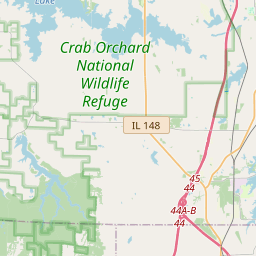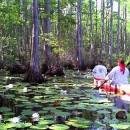Visit Us
National wildlife refuges offer us all a chance to unplug from the stresses of daily life and reconnect with our natural surroundings. A visit to a national wildlife refuge national wildlife refuge
A national wildlife refuge is typically a contiguous area of land and water managed by the U.S. Fish and Wildlife Service for the conservation and, where appropriate, restoration of fish, wildlife and plant resources and their habitats for the benefit of present and future generations of Americans.
Learn more about national wildlife refuge is a great way to enjoy the great outdoors and discover a new place. Whether you enjoy hiking, canoeing, hunting, camping, picnicking, wildlife photography or birdwatching a visit to Crab Orchard National Wildlife Refuge is a great way to explore nature.
Location and Contact Information
- Crab Orchard National Wildlife RefugeView Details6987 Headquarters Road Marion, IL 62959
Our Species
Crab Orchard National Wildlife Refuge is a great place to spot a variety of wildlife. Visitors are likely to see bald eagles, including the six pairs that nest on the refuge. Watch for flocks of wild turkeys, white-tailed deer and a wide variety of songbirds including eastern bluebirds, indigo buntings, white-eyed vireos and summer tanagers.






















